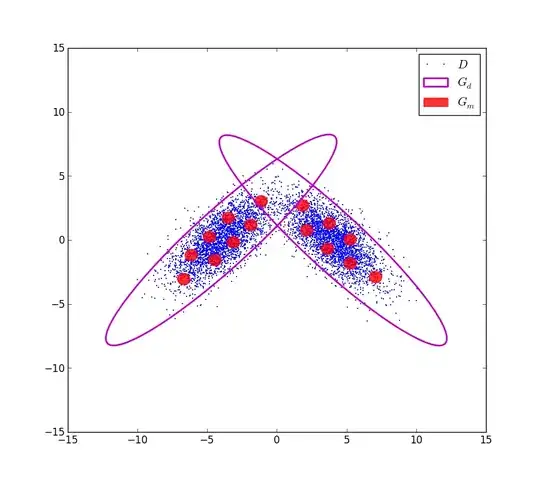I am looking for the term for a transformation that maps numbers outside of an interval onto the endpoints:
My interval is $[a,b]$. Any number $x < a$ will be transformed to $a$ and any number $y > b$ will be transformed to $b$.
Is there a term for these kind of functions?
